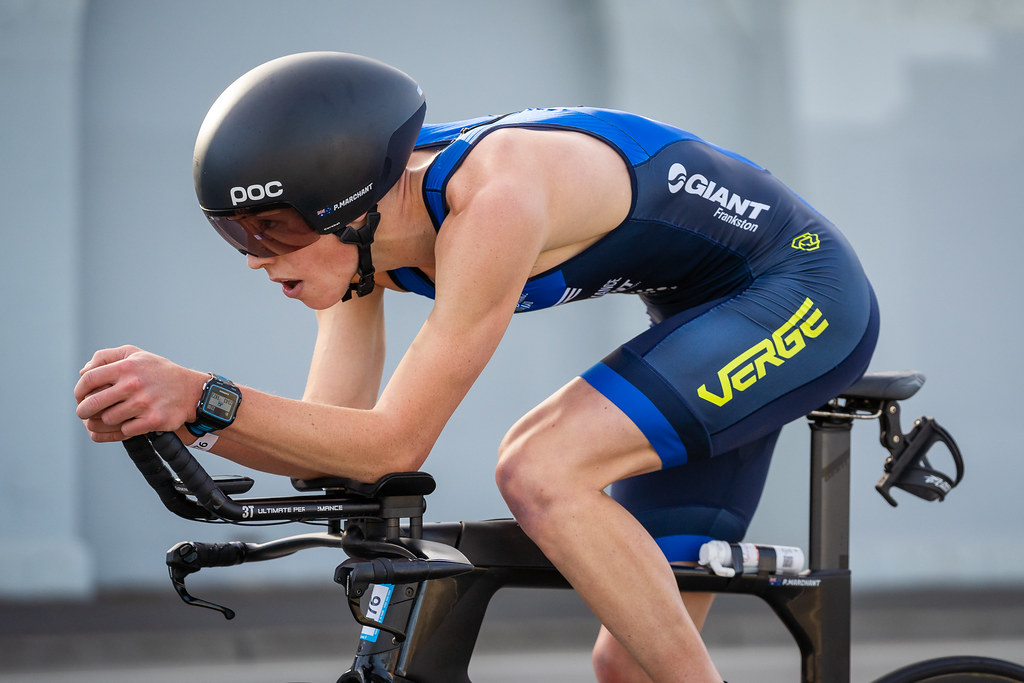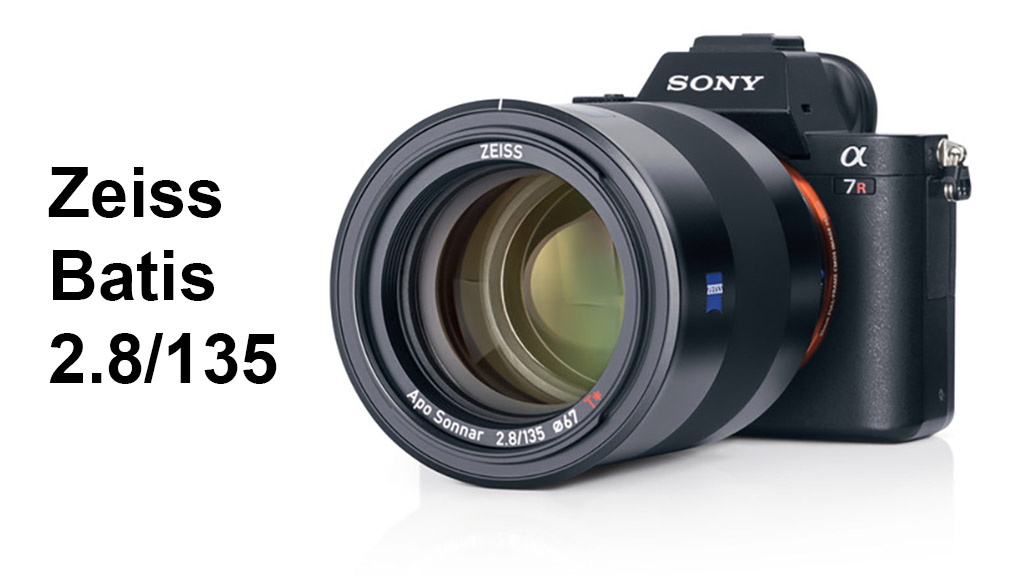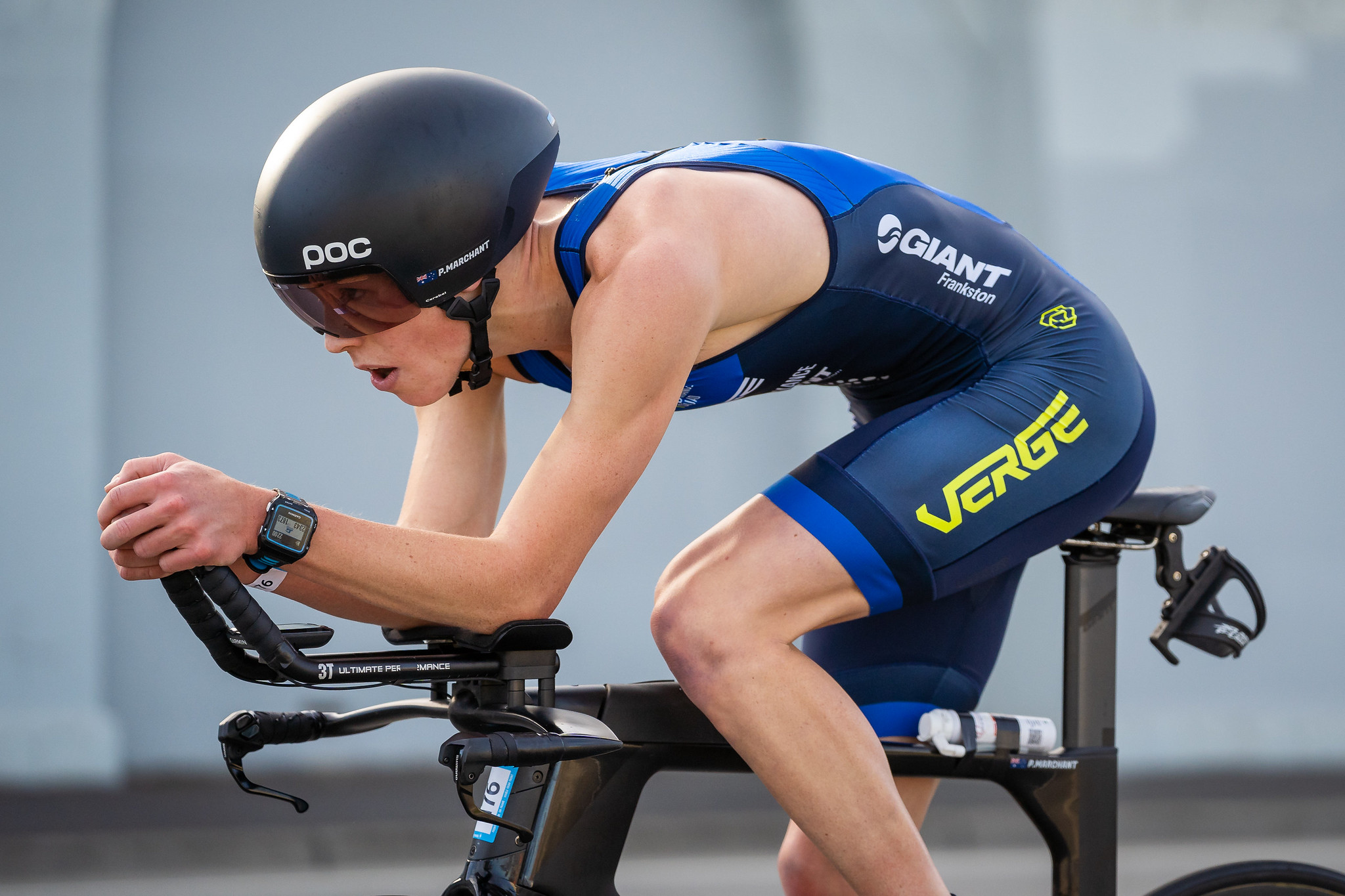Blog, E-Mount Lenses, Reviews
Zeiss Batis 2.8/135 Short Review
The Zeiss Batis 2.8/135 lens is of an ‘Apochromatic Sonnar’ optical design and is a native Full Frame E-Mount lens designed specifically for Sony Mirrorless cameras (no adapters are required). It is the 4th Batis lens and joins the 18, 25 and 85mm Autofocus primes. The lens, like all of the Batis lenses, is dust and weather-sealed and features a rubberized focusing ring that has a very responsive feel when working in manual focus. All the Batis lenses feature a unique OLED display on the top of the lens barrel to indicate focus distance and the depth of field range. Although I find this incredibly useful on the Batis 18 and 25 mm lenses (to set the hyperfocal distance when shooting landscapes) I had no reason to use this feature on the 85 and 135 primes when shooting portraits and action. On the 85 and 135 primes I would have preferred to see a focus hold button (which I would typically reassign to Eye-AF for shooting portraits). The design of these lenses is quite minimalist – no AF On/Off button, Focus Hold or Aperture Ring. In fact there are zero external buttons or dials to spoil the smooth lines of the lens. The design is similar to the other Batis lenses and the ‘bell-shaped’ lens barrel of the smaller Batis primes is echoed in the design of the 135mm Batis when the lens hood is attached. As one would expect with any Zeiss designed lens it both well built and delivers excellent sharpness and clarity. When readers like to ask me ‘how sharp?’ I just direct them to the gallery of Ultra HD and Full Resolution images captured with a lens so they can be the judge. I have created an extensive Album of images captured with the Zeiss Batis 2.8/135 that can be viewed here: https://flic.kr/s/aHsmhkL3nu. The metadata for every image (shutter speed, aperture and ISO) is available for each shot and I have enabled the download option so you can review these images in the software of your choice.

Aperture and Weight
Perhaps the most discussed feature of this lens was the choice by Zeiss to make this an f/2.8 lens rather than an f/2 or F/1.8. Although many photographers would have preferred a wider aperture, the decision to use an f/2.8 maximum aperture has made this lens light and compact, At 614 g (1.35 lb) it’s nearly half the weight of the Manual Focus F/2 Zeiss Milvus 135 (a lens designed for DSLR cameras) which weighs in 1123 g or 2.47 lb. If you are wanting an f/1.8 135mm prime then you could look at the Sigma 135mm f/1.8 DG HSM Art Lens. This lens weighs in a 1130 g or 2.49 lb. Ultra-wide apertures are very nice … but they do come at a price (primarily weight). The Batis is sharp with the aperture wide open and the 135 focal length still provides excellent figure/ground separation, i.e. your subject will still pop against the background bokeh or blur rendered by an f/2.8 aperture. When working close for tight head-and-shoulder portraits anything wider than f/2.8 would be risky, as the depth of field would be too narrow in many instances. I personally think the f/2.8 aperture was the right choice, especially as many photographers have been attracted to the E-Mount mirrorless cameras because they are lighter and less bulky than DSLR cameras. A lighter 135 prime on a camera body that is also lighter makes for a great working combination. The smaller ‘package’ is reflected in the fact that the lens uses a 67mm filter thread (the same diameter as on the Sony FE 85 F/1.8 prime).
Prime or Telephoto Zoom?
For photographers who are wanting to travel really light, but need the reach of a telephoto lens, the Batis 135 offers a viable alternative to carrying larger telephoto zooms such as Sony’s FE 70-200 F/4 G (840 g / 1.85 lb) or FE 70-200 F/2.8 GM (1480 g / 3.26 lb). The choice to travel with a 135 prime instead of a telephoto zoom has a couple of advantages – you have a one f/stop advantage over the FE 70-200 F/4 and it is half the weight of the 70-200 F/2.8 GM. The downside is you can’t zoom. For photographers travelling with an 85mm f/1.8 prime or the FE 24-105 F/4 Zoom this shouldn’t pose too much of a problem. The lack of the extra reach of the 200mm focal length also shouldn’t pose too much of a problem for owners of an A7R (I, II or III) as the ability to crop tighter in post is always a viable option. A 135mm lens in APS-C mode is capturing 18 megapixels at an equivalent focal length of 202.5 mm.


What offers the best option for shooting portraits – an 85 F/1.8 or 135 F/2.8 prime?
My favourite lens for shooting portraits is an 85mm prime. In my opinion, the 85mm focal length offers the best working distance to my subject when shooting tight head-and-shoulder portraits. The 135mm focal length, however, really comes into its own when shooting events, where working close is not always an option. While shooting portraits at several events, I found this to be a great lens for this type of work. I also enjoyed the benefits, over several hours at a long event, of working with this lens in preference to a heavier telephoto zoom. My only gripe during this process was that I had to re-assign my AEL button to Eye-AF as I normally implement Eye-AF in AF-C using the Focus Hold button on my Sony FE 85 F/1.8 and 1.4 primes and telephoto zooms. I would normally assign my AEL button to my fall-back focussing workflow (DMF with Focus Assist switched On) for the times when Eye-AF doesn’t work. The Eye-AF, however, worked perfectly when testing the lens on the A7III camera.

AF Performance
The Batis uses a linear motor that delivers quick and quiet focusing performance. The AF performance is fast enough to shoot sports and this makes it a viable alternative to using the FE 70-200 F/2.8 GM. There are lots of examples in the gallery where the Batis has tracked speeding cyclists, motorcyclists and galloping horses with absolute accuracy. The Batis also incorporates Image Stabilisation but unfortunately there is no way to switch this off on the lens itself. I will typically switch the lens stabilisation on my 70-200 and 100-400 telephoto zooms to Mode II when panning (disabling horizontal stabilisation). When working with the Batis to shoot sports/action I disabled SteadyShot on the body of the camera. With a very fast shutter speed of 1/2000 second or faster this optimised the lens for shooting sports/action without the need for any stabilisation.
Conclusion
This lens won’t disappoint and its compact size and light weight offers the best choice for photographers who want to travel light and also reduce the weight of the camera when using a telephoto focal length. The Batis is great for portraits but also offers a viable alternative to shooting sports/action for those photographers who would prefer to work with a prime rather than a telephoto zoom. The Batis will undoubtedly have some stiff competition from Sigma’s 135mm F/1.8 Art lens (especially as this will be priced cheaper than the Batis) but for those photographers who value less weight, rather than the brighter aperture, the Batis will still be their first choice. I would strongly expect Sony to eventually release a 135 prime to fill a gap in their line-up of telephoto primes. Only time will tell to see if they go down the ‘wide aperture’ or ‘less weight’ road.
The Zeiss Batis lens was on loan courtesy of CR Kennedy, Australia: https://crkphotoimaging.com.au/products/2136695
Spec Sheet
- Optical Design: 14 Elements in 11 Groups
- Number of Aperture Blades: 9
- Minimum Focus Distance: 2.85′ (87 cm)
- Image Stabilization: Yes
- Filter Thread: 67 mm
- Dimensions: Approx. 3.19 x 4.72″ (81 x 120 mm)
- Weight: 1.35 lb (614 g)
Gallery of Images
Album of Ultra HD images captured with the Zeiss Batis 2.8/135 can be viewed here: https://flic.kr/s/aHsmhkL3nu.
The Zeiss Batis lens was on loan courtesy of CR Kennedy, Australia: https://crkphotoimaging.com.au/products/2136695

